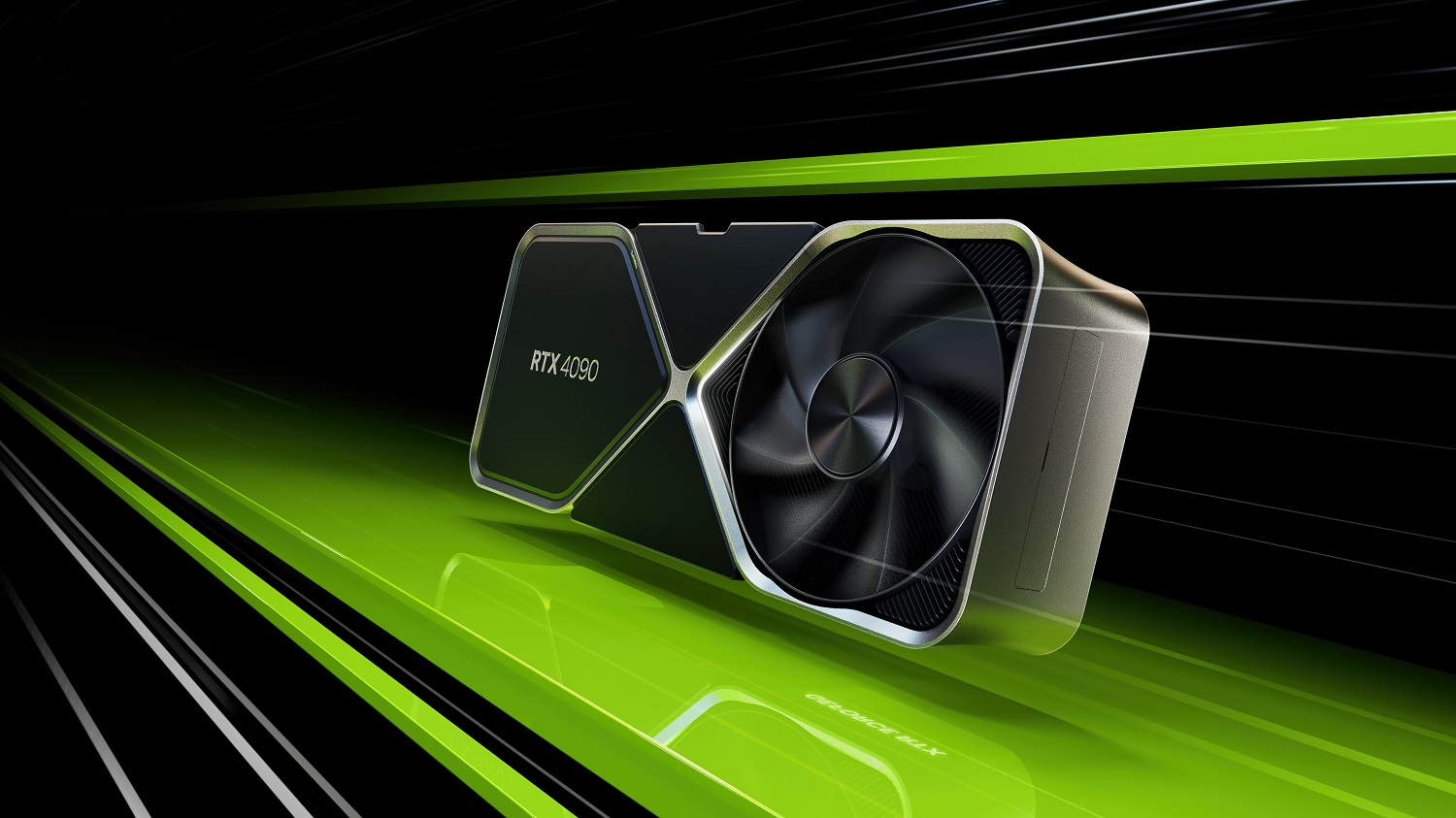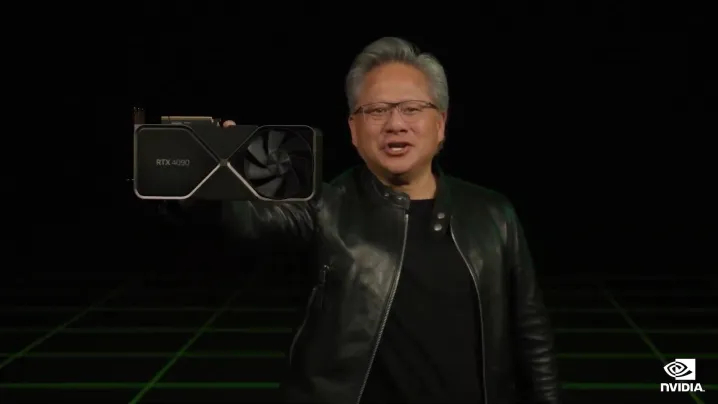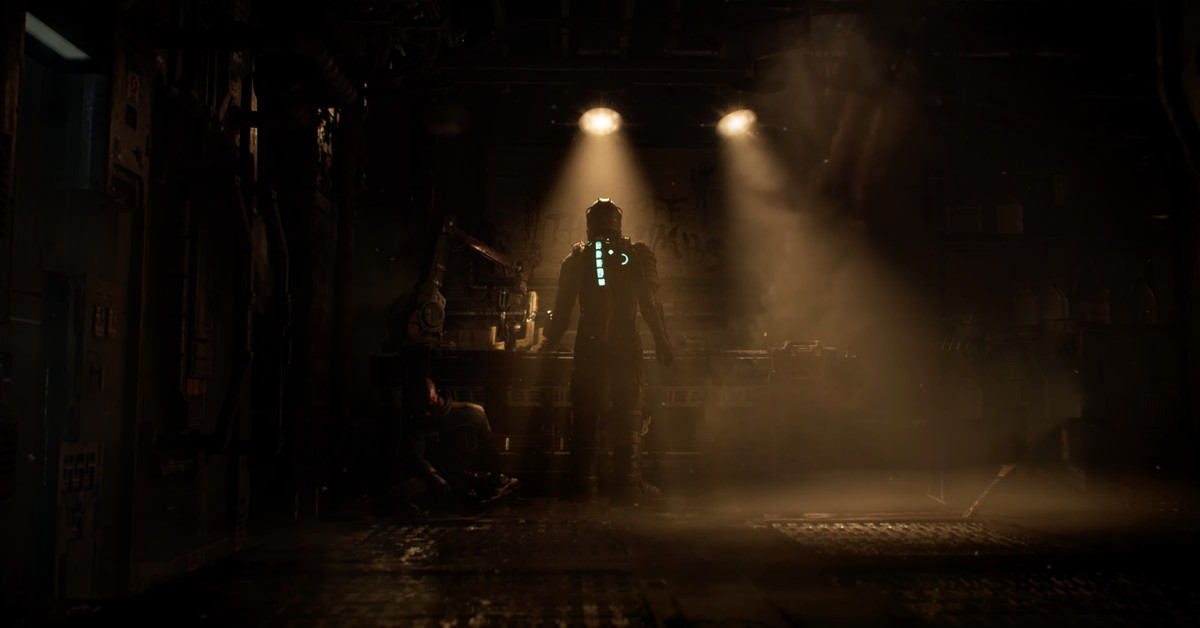Here’s why people are so upset about the RTX 4090 and 4080
Nvidia has announced the most powerful new GPUs ever made: the RTX 4090 and 4080? But under the surface, there are some serious problems.

The GeForce RTX 4090, the RTX 3080 16GB, and RTX 3080 12GB. These three new GPUs were the crown jewels of Nvidia’s nearly two-hour keynote.
These graphics cards will undoubtedly be the most powerful GPUs anyone will be able to buy, especially the flagship RTX 4090. But people are not happy about these announcements.

The problem? Well, they’re also some of the most expensive GPUs ever made. The RTX 4090 comes in at $1,599, the RTX 4080 16GB is $1,199, and the RTX 4080 12GB is $899. Out of context, yes, those are some eye-watering prices. Thinking about how expensive high-end GPUs have become over the last few years is incredible.
Then again, the RTX 3090 Ti had it beat just earlier this year, with its retail price of $1,999. The RTX 4090 is said to be two to four times faster, so what’s the deal? A full $400 cheaper for more performance sounds like a solid deal on the surface. Is everyone just complaining for the sake of complaining?
Well, not so fast. As the folks over in the hardware subreddit have been pointing out, Nvidia is being very careful with how it plans its lineup. If you compare the RTX 4090 to last-gen’s RTX 3090, you’re seeing a $100 uptick in price. Not great for an already ungodly price, but nothing too surprising. The two RTX 4080 models are where things get hairy.

There were two models of the RTX 3080, a 10GB model and a 12GB model, priced at $699 and $799, respectively. That means the new RTX 4080 GPUs are a $400 price hike for the top model and $200 on the cheaper one. That means the RTX 4080 16GB actually matches the RTX 3080 Ti in price. The RTX 4080 has more memory, yes, but it’s obvious what Nvidia is doing here.
In the past, the 80-series GPUs have always represented a flagship model, but are fairly attainable for a PC gamer. Clearly, those days are long gone, despite what potential buyers will see.
| RTX 4090 | RTX 4080 16GB | RTX 4080 12GB | |
| CUDA cores | 16,384 | 9,728 | 7,680 |
| Memory | 24GB GDDR6X | 16GB GDDR6X | 12GB GDDR6X |
| Boost clock speed | 2520MHz | 2505MHz | 2610MHz |
| Bus width | 384-bit | 256-bit | 192-bit |
| Power | 450W | 320W | 285W |
But wait — it gets even worse when you consider what’s happening with the RTX 4080 12GB. Despite being called an “RTX 4080,” it’s a major step down from the 16GB model. You’d think the memory was the only difference between the two, but no — the 16GB also has 21% more CUDA cores, higher power draw, and a 256-bit bus width. It’s a significant step down in terms of specs, feeling more like where the RTX 4070 should be in the lineup.
All of this comes on the heels of EVGA, one of the biggest third-party manufacturers in the game, announcing its decision to pull out of the GPU market entirely, citing Nvidia’s poor practices as the reason why. As one commenter on Reddit notes, the way Nvidia handles pricing was one of the main reasons EVGA called it quits. In other words, it should be closer to $499, not $699.
You’d think all this would put Nvidia in a tough spot, but the company knows exactly what it’s doing. It has a stockpile of 30-series graphics cards that it will continue to want to sell. And unless AMD can manage to put some serious pressure on Nvidia with its new RX 7000 graphics cards coming soon, Nvidia will continue to squeeze the GPU market for all its worth.

 Koichiko
Koichiko 
































